What is Kenny Rogers Net Worth?
Kenny Rogers net worth is US$ 270 Million as of Jan 2023.
| Net Worth | US$ 270 Million |
| Born | August 21, 1938 |
| Death | March 20, 2020 (81 years) |
| Gender | Male |
| Height | 1.82 m |
| Horoscope | Leo |
| Country of Origin | United States of America |
| Source of Wealth | American Singer, Songwriter, and Actor |
| Marital Status | Married |
| Spouse | Wanda Miller |
| Famous For | He is known for his raspy voice and multiple hit songs. |
Table of Contents
Biography
Kenneth Ray Rogers is a multi-talented artist. He has won Grammy awards and excelled in singing, songwriting, acting, record production, and business ventures. He was fourth among his parents’ eight kids. His father worked as a carpenter, while his mother was a nurse’s assistant. The youngster, of modest Irish and Native American ancestry, was raised in a less affluent area of Houston yet would become the first person in his family to complete high school.
From an early age, Kenny had a strong affinity for singing. During his teenage years, he joined the doo-wop recording ensemble “The Scholars.” Collaborating with a small Houston label named Carlton Records, the trio released the track “Poor Little Doggie.” At the age of 19, Kenny’s career was kickstarted when he recorded his debut solo single, “That Cr@zy Feeling.” His musical journey continued as he joined the “New Christy Minstrels” in 1966, serving as both a vocalist and a skilled double bass and bass guitar player.
The subsequent year witnessed Kenny’s departure from a renowned folk music collective, leading him to co-found the eclectic rock band “The First Edition.” This dynamic group embraced various genres, including rock and roll, R&B, folk, and country music. Their initial breakthrough on the Billboard charts came with the psychedelic rock track “Just Dropped In,” which reached an impressive fifth position. Building on this achievement, they gained further recognition with the well-received soft-rock hit “Ruby, Don’t Take Your Love to Town” in 1969, which secured a spot within the top six and established their prominence. Additional hits like “Tell It All Brother” (1970, #17), “Reuben James” (1969, #26), and “Something’s Burning” continued to showcase their musical talent.
Kenny, known for his distinctive appearance characterized by black hair, robust physique, and pierced ears, had taken center stage as the lead vocalist by this juncture. His charming demeanor and captivating gravelly vocals had garnered significant appeal. Consequently, in 1969, the band underwent a name change to “Kenny Rogers and the First Edition”. Unfortunately, the demands of a weekly recording schedule brought about considerable tensions within the group, ultimately leading to their dissolution. After a few more years of crafting songs that didn’t achieve top-charting success, Kenny decided to venture into a solo career. In 1976, the duo decided to part ways, concluding their collaboration.
With “Lucille” at number five, “Don’t Fall in Love With a Dreamer” at number four with Kim Carnes, “Through the Years” at number thirteen, and “We’ve Got Tonight” at number six with Sheena Easton. His two #1 blockbuster hits, “Islands in the Stream” and “Lady,” smash sales “Islands in the Stream” and “Lady,” he quickly amassed a series of country-tinged “Top 20” pop singles. The (now) Silver Fox sold more than $100 million of recordings by the late 1970s.
As the 1980s wore on, Kenny saw a decline in his singing career. He smartly diverged into other lucrative fields after his charts kept lowering. His humble, lighthearted, but incredibly charming acting career began in 1980 with the Southern-styled TV drama The Gambler. This drama was based on his #1 1979 Grammy-winning song hit. Kenny played Brady Hawkes, a card-playing card shark who tries to reunite with a kid he never knew in the movie. The Return of the Gambler: The Luck of the Draw (1991), Kenny Rogers as The Gambler, Part III: The Legend Continues (1987), and Gambler V: Playing for Keeps are the four films in the series. Followed this (1994).
The Gambler’s Last Deal, Kenny’s final concert tour, began in 2015 and traveled to Australia, Scotland, Ireland, England, The Netherlands, and Switzerland in addition to the United States. However, his health eventually failed him due to bouts of bladder cancer and hepatitis C. Due to this, he was forced to retire in 2018. The 81-year-old icon passed away on March 20, 2020, in his Sandy Springs, Georgia, home while receiving hospital care.
Timeline
Early Life
Kenny Rogers was born on August 21, 1938, at St. Joseph’s Infirmary in Houston, Texas. He was the fourth child among eight siblings in his family. His parents were Edward Floyd Rogers and Lucille Lois Rogers. Indications suggested that Rogers had ancestral connections to Irish and Native American roots. He attended several schools during his educational journey. These schools include George Washington Junior High School, Wharton Elementary School, and Jefferson Davis High School. He eventually graduated from Northside High School in 1956.
In 1949, Rogers achieved a significant accomplishment by winning a talent competition at the Texan Theatre. During his formative years, he engaged in various employment opportunities to sustain himself. He used to work as a floor sweeper at a hat shop and as a busboy at the Rice Hotel. These jobs earned him a modest weekly income of $9.
He subsequently studied at the University of Houston. In 1986, on “The Phil Donahue Show,” Rogers revealed to the audience that, as far as “we know,” he was the first member of his family to graduate from high school. We were cash-strapped. We were residents of a government housing complex. My father’s highest weekly income was $ 75 per week. Although I don’t recall ever being truly hungry as a youngster since I always had food available, our family did experience periods of nutritional deprivation. Since there were just peanut butter sandwiches available, we would consume those. Since you don’t know any different when you’re a child, you genuinely believe that’s how everyone eats.
Career
Rogers began his music career in the 1950s and progressed through adolescent rock & roll, psychedelic rock, and country-pop crossover in the 1970s and 1980s. In 1957, he scored a little solo success with “That Cr@zy Feeling.” Rogers joined the Bobby Doyle Three. This is a jazz trio regularly recruited by clubs due to their fan base, as sales began to slow down. For Columbia Records, the quartet made recordings. They split up in 1965. Then the jazzy rock song “Here’s That Rainy Day” that Rogers cut for Mercury Records in 1966 didn’t do well. Eddy Arnold and Mickey Gilley, two country music musicians, were among the acts for whom Rogers served as a producer, writer, and session guitarist. In 1966, he became a member of the New Christy Minstrels as a singer and double bass player.
Together with fellow band members Thelma Camacho, Mike Settle, and Terry Williams, Rogers decided to leave the Minstrels due to their perception that the group wasn’t delivering the desired level of success for them. In 1967, they established the First Edition, later joined by Kin Vassy. This newly formed group achieved several notable successes on both the pop and country music charts. Some hits like “But You Know I Love You,” “Ruby, Don’t Take Your Love to Town,” and “Just Dropped In.”
Rogers took the lead vocals and bass on tracks such as “Tell It All, Brother,” “Reuben James,” and “Something’s Burning,” the latter of which notably featured in the dream sequence of the Coen brothers’ film “The Big Lebowski.” Rogers commenced his solo journey in 1976 when the First Edition disbanded. Over time, he refined his musical style to a more mainstream approach resonating with pop and country music enthusiasts.
Kenny Rogers amassed an impressive collection of hits, with over 60 singles on the Top 40 hit list. Among these hits were two number ones, namely “Lady” and “Islands in the Stream.” His music also found its way into high-grossing film soundtracks like “Convoy,” “Urban Cowboy,” and “The Big Lebowski.”
Solo work and collaborations with other musicians
Rogers received a solo contract with United Artists after quitting the First Edition in 1976, over a decade after joining the band. Rogers and producer Larry Butler started a four-year collaboration. Love Lifted Me was Rogers’ debut release on his label. Two songs, “Love Lifted Me” and “While the Feeling’s Good,” were modest hits and helped the album reach the charts. The movie Trackdown featured the song “Runaway Girl” (1976). Later in 1976, Rogers released his self-titled second album. This featured the solo smash “Laura (What’s He Got That I Ain’t Got).”
Rogers from 2000 to 2015
In the twenty-first century, Kenny Rogers made a notable resurgence to the top of the charts with his song “Buy Me a Rose” in 2000. This marked his return to the number one spot after over a decade (and at 61). In achieving this, he surpassed Hank Snow’s record of 26 years by breaking it. Hank Snow achieved a number-one hit at 59 with “Hello Love” in April 1974. Kenny Rogers held onto this achievement until 2003, when Willie Nelson, who was 70 at the time, broke that record.
Additionally, Rogers collaborated with Toby Keith on the duet “Beer for My Horses“. This reached the pinnacle of the country charts, securing the number one position. Despite a temporary hiatus in releasing new albums for a few years, Rogers maintained his popularity across various nations by consistently releasing compilations featuring his significant hits.
Retirement
The Gambler’s Last Deal was the name of Rogers’ farewell tour, which he announced in 2015. At the end of the term, he said he would stop going on the road, but he was thinking about making another studio album. He stated in the tour announcement that his final appearance would be on the Today program on NBC. The concert tour includes stops in Australia, Scotland, Ireland, England, The Netherlands, Switzerland, the United States, and Australia. It was expected to run until 2018. On October 25, 2017, Rogers performed his final show in Nashville at the Bridgestone Arena. At this show several special guests accompanied him.
Highlights
- In addition, Rogers was a successful actor. At the American box office, his 1982 film Six Pack, in which he starred as a race car driver, brought in more than $20 million.
- In a 2014 GEICO commercial, Rogers sang a portion of his song “The Gambler” a cappella while playing the dealer in a card game.
Favorite Quotes from Kenny Rogers

“If you want people to know your message, just sing it.”
– Kenny Rogers
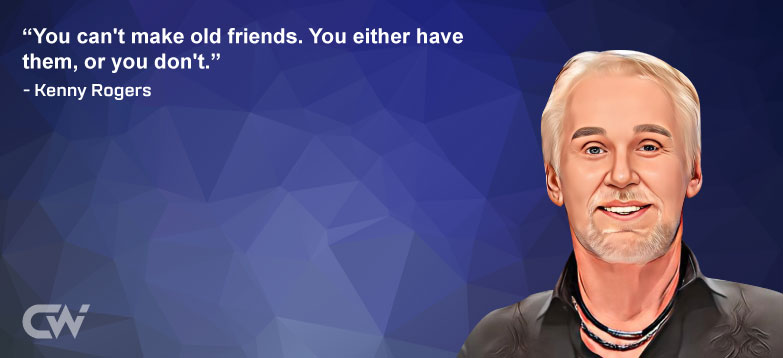
“You can’t make old friends. You either have them, or you don’t.”
– Kenny Rogers
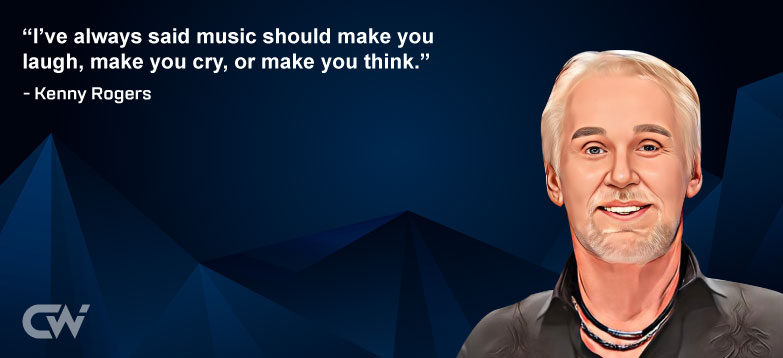
“I’ve always said music should make you laugh, make you cry, or make you think.”
– Kenny Rogers
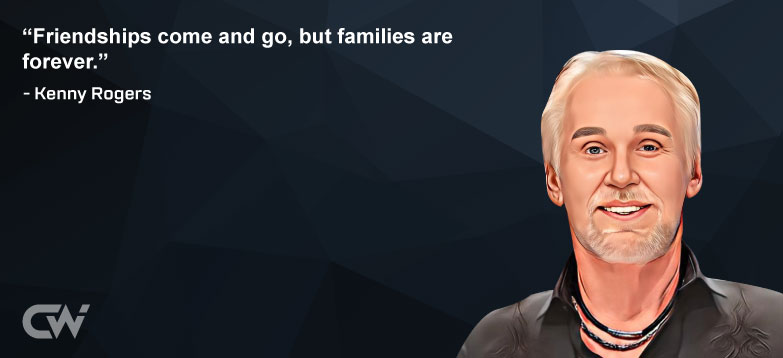
“Friendships come and go, but families are forever.”
– Kenny Rogers
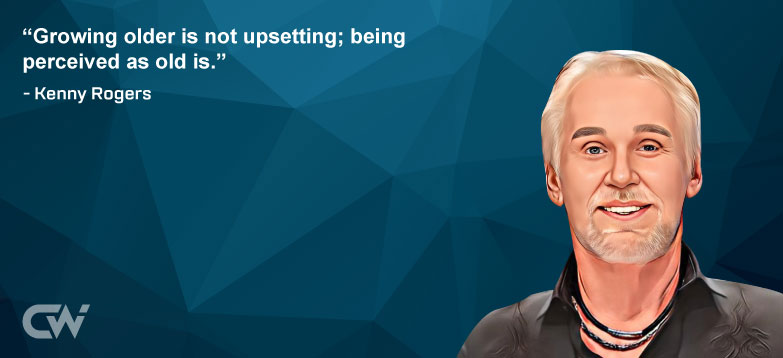
“Growing older is not upsetting; being perceived as old is.”
– Kenny Rogers

“Stay away from trouble when you can.”
– Kenny Rogers
Key Life Lessons from Kenny Rogers
Kenny Rogers faced both ups and downs in his career, from struggling to find success with various bands to achieving chart-topping hits. His persistence and dedication to his craft demonstrate the importance of persevering through challenges and setbacks.
Frequently Asked Questions
At the time of his death, Kenny Rogers had a net worth of $270 million.
Kenny was born on August 21, 1938, and died on March 20, 2020.
Summary
Kenneth Ray Rogers is an accomplished American actor, singer, and songwriter. He was not only a musician but also a highly versatile one. In 2013, he earned a well-deserved spot in the prestigious Country Music Hall of Fame. While he was especially beloved within the country music scene, his influence extended far beyond, boasting over 120 hit songs spanning various genres. His remarkable achievements include topping both the country and mainstream album charts in the United States for a staggering total of more than 200 weeks.
Over his lifetime, Rogers’ musical prowess translated into selling over 100 million records on a global scale, firmly establishing him among the ranks of the best-selling musicians ever. His artistic journey and widespread recognition spanned an impressive range of musical styles, including jazz, folk, pop, rock, and country. Regarded as one of the most exceptional crossover performers, Rogers expertly redefined his career over time, solidifying his legacy as a true musical icon.

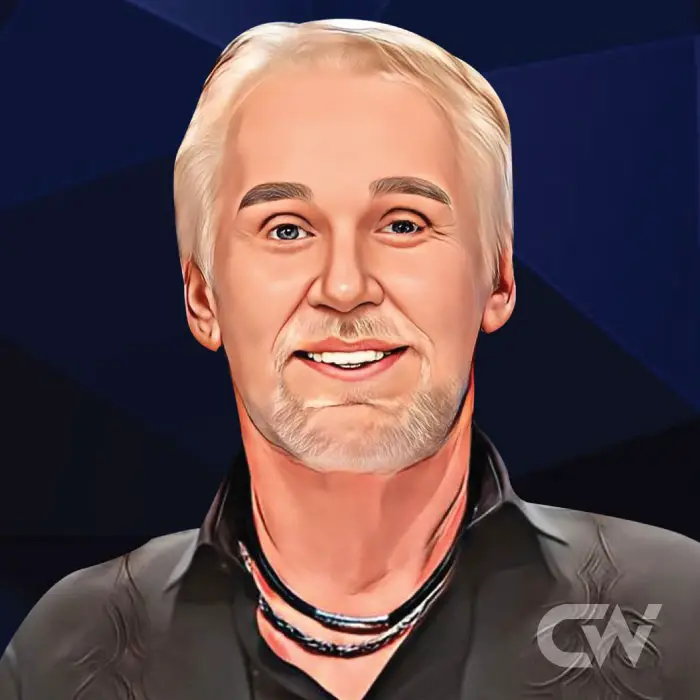

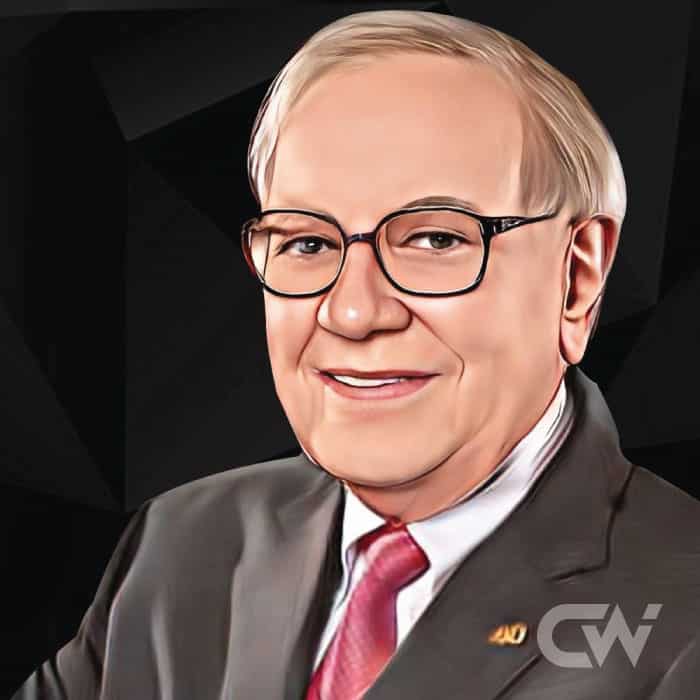














Reader Interactions